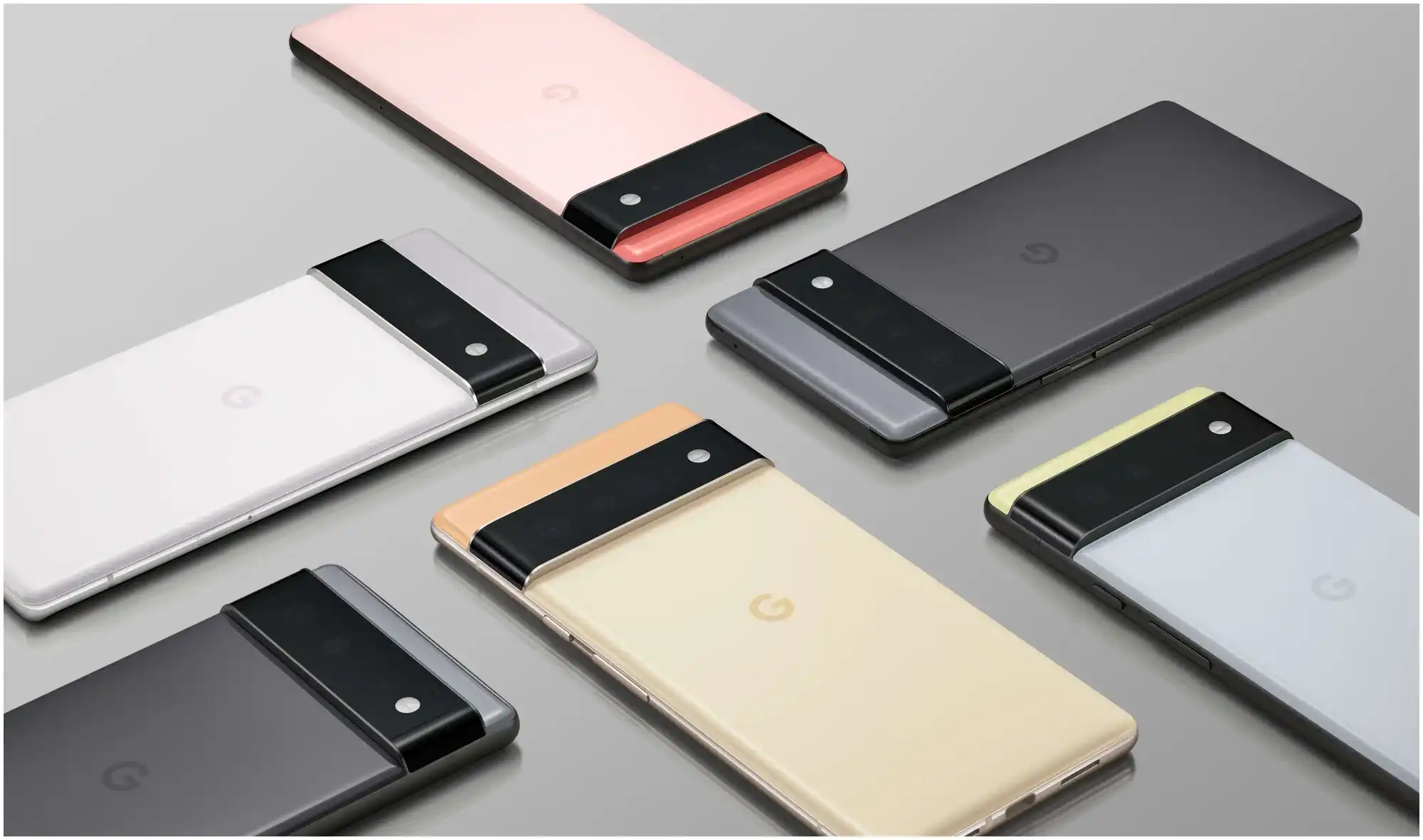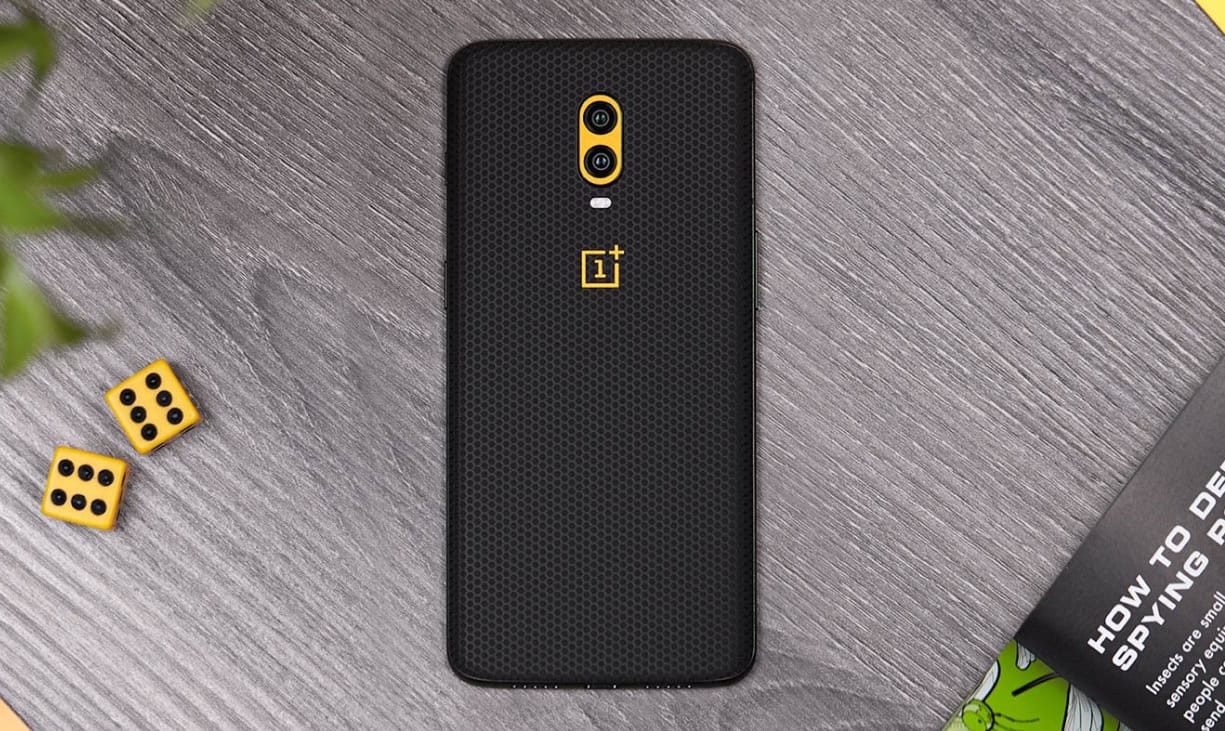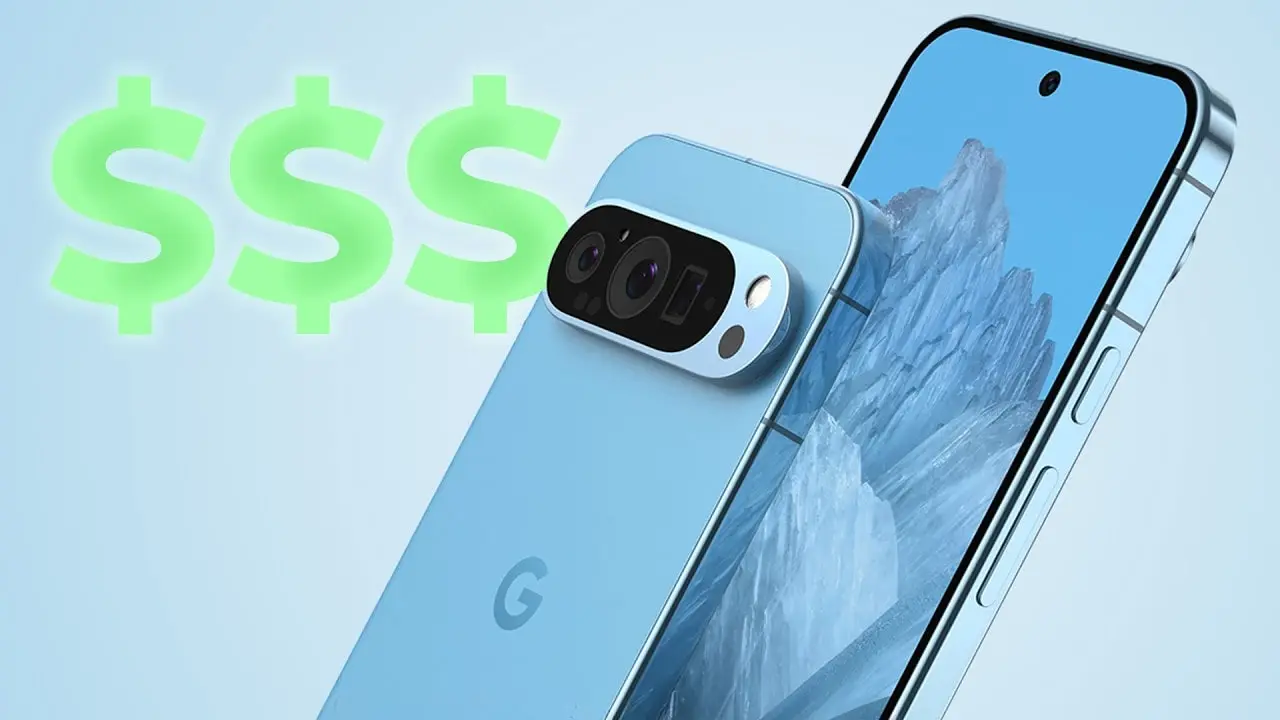In today’s fast-evolving wireless landscape, choosing a mobile carrier is more than just comparing price tags. Consumers increasingly focus on network reliability, 5G performance, data speeds, customer support, and plan flexibility. Two names that often surface in this conversation are Boost Mobile and T-Mobile. While both offer nationwide coverage and competitive pricing, their services cater to distinct audiences.
This article delivers a detailed, professional comparison of Boost Mobile and T-Mobile in 2025, analyzing everything from ownership and infrastructure to pricing, coverage, device options, and customer service.
Corporate Background and Ownership
One of the most common misconceptions is that Boost Mobile is part of T-Mobile. This confusion stems from the Sprint–T-Mobile merger in 2020, which initially placed Boost Mobile under T-Mobile’s umbrella.
However, as part of the conditions set by U.S. regulators for the merger’s approval, Boost Mobile was sold to DISH Network. As of 2025, Boost Mobile operates independently as a Mobile Virtual Network Operator (MVNO), primarily relying on T-Mobile and AT&T towers to deliver service.
In contrast, T-Mobile is a nationwide wireless carrier that owns and operates its infrastructure. It is the third-largest wireless provider in the U.S., known for its rapid 5G deployment and aggressive market strategies.
Network Technology and Coverage
T-Mobile
T-Mobile’s advantage lies in its proprietary network infrastructure. It has invested heavily in mid-band 5G, also known as Ultra Capacity 5G, which delivers faster and more reliable performance than low-band alternatives. With its 5 G network, T-Mobile covers over 90% of the U.S. population and continues to expand its rural and suburban reach.
Boost Mobile
Boost Mobile does not own network infrastructure. Instead, it operates on leased access to T-Mobile and AT&T’s networks. While this ensures broad coverage, MVNO users are subject to deprioritization. This means during network congestion, Boost customers may experience slower speeds compared to T-Mobile’s direct customers.
Verdict: T-Mobile offers superior network quality, better prioritization, and more consistent 5G performance.
Plans and Pricing Structure
Boost Mobile
Boost Mobile is focused on affordable prepaid plans. Customers can expect competitive pricing with no contracts, credit checks, or overage fees.
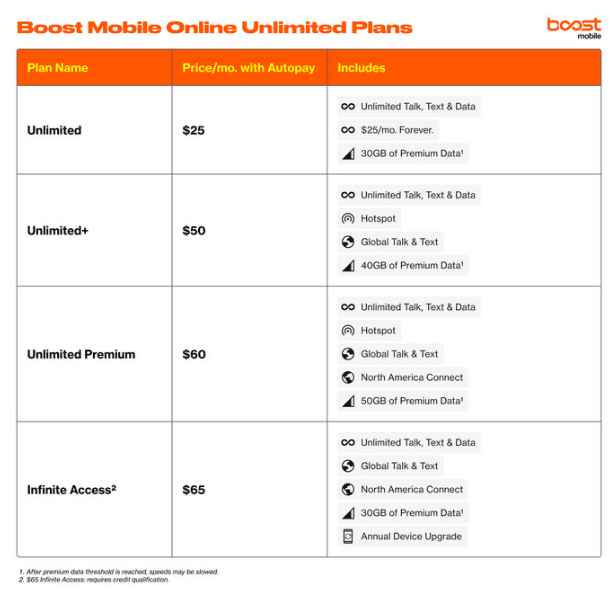
- 5GB Plan: $15/month
- Unlimited Plan (30GB high-speed): $25/month
- Unlimited + Hotspot: $40/month (includes 12GB hotspot data)
- Annual Plans: Some plans offer deep discounts if paid yearly
Taxes and fees are typically included in the price, and there is no commitment required. However, data may be throttled after specific usage thresholds.
T-Mobile
T-Mobile offers a wider variety of plans, including both postpaid and prepaid options. Postpaid plans come with premium features, device upgrades, and streaming perks.
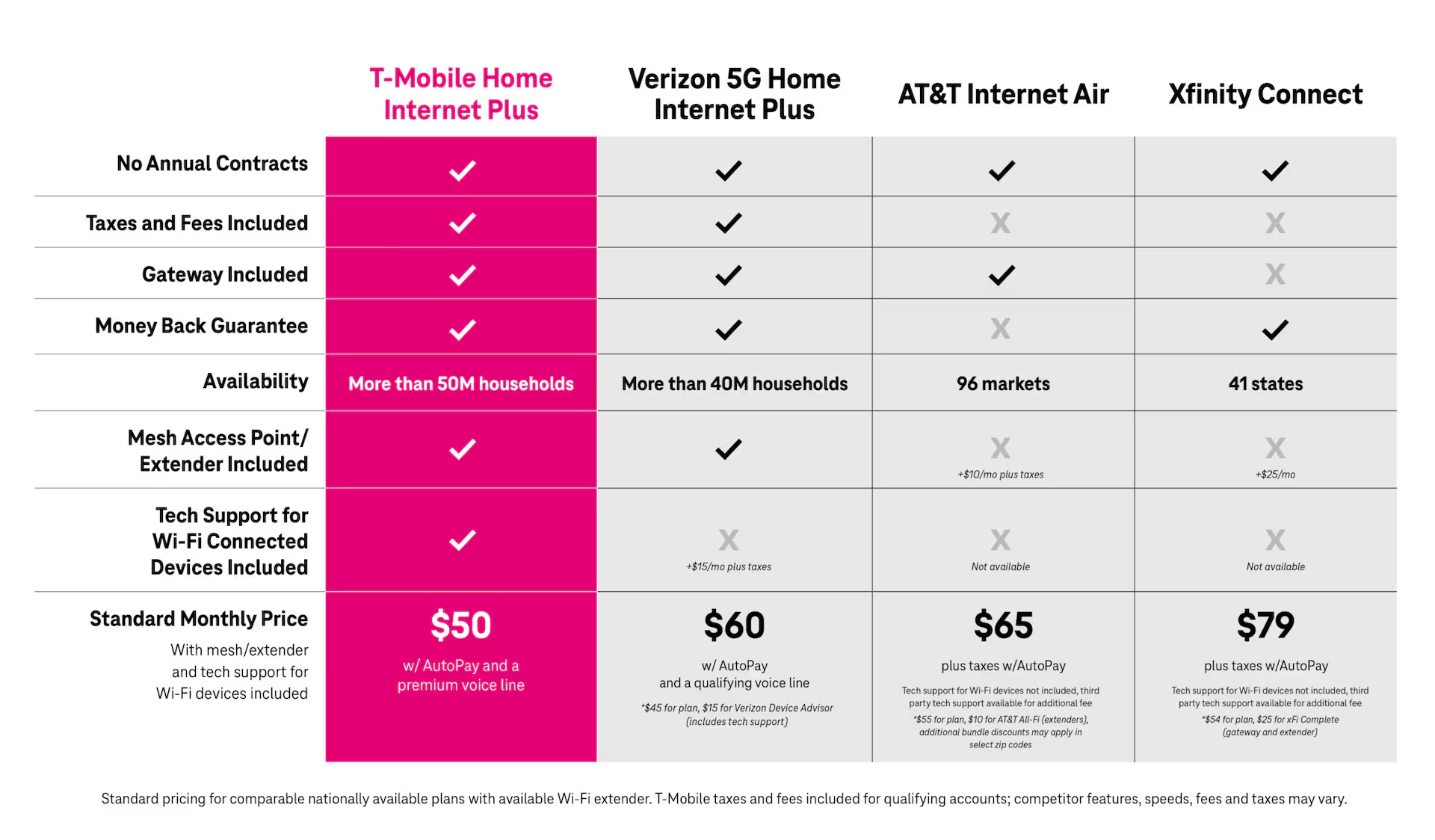
- Essentials: $50/month per line (unlimited talk, text, and data)
- Magenta: $70/month (includes Netflix, international data, and taxes/fees)
- Go5G Plus: $90/month (priority data, streaming perks, device upgrades)
T-Mobile also owns Metro by T-Mobile, a prepaid brand with similar pricing to Boost, but with some added benefits and in-store support.
Verdict: Boost Mobile is better for budget-conscious users. T-Mobile provides more value for users seeking additional features, entertainment bundles, and higher data limits.
5G and Data Performance
T-Mobile has one of the most robust 5G networks in the country. Thanks to its mid-band spectrum advantage, its Ultra Capacity 5G delivers speeds often exceeding 300 Mbps in major cities.
Boost Mobile customers do get access to 5G, but the experience varies based on the device, location, and whether T-Mobile or AT&T is the underlying network provider. More importantly, Boost customers are not guaranteed full-speed access during network congestion.
Verdict: T-Mobile is the clear winner in 5G performance and consistency.
Device Selection and Compatibility
Boost Mobile
Boost offers a limited but growing selection of smartphones, mainly focused on budget and mid-range models. The carrier supports Bring Your Own Device (BYOD) options, provided the phone is unlocked and compatible with its network bands.
Device financing options are limited or unavailable, which could be a drawback for users seeking high-end smartphones.
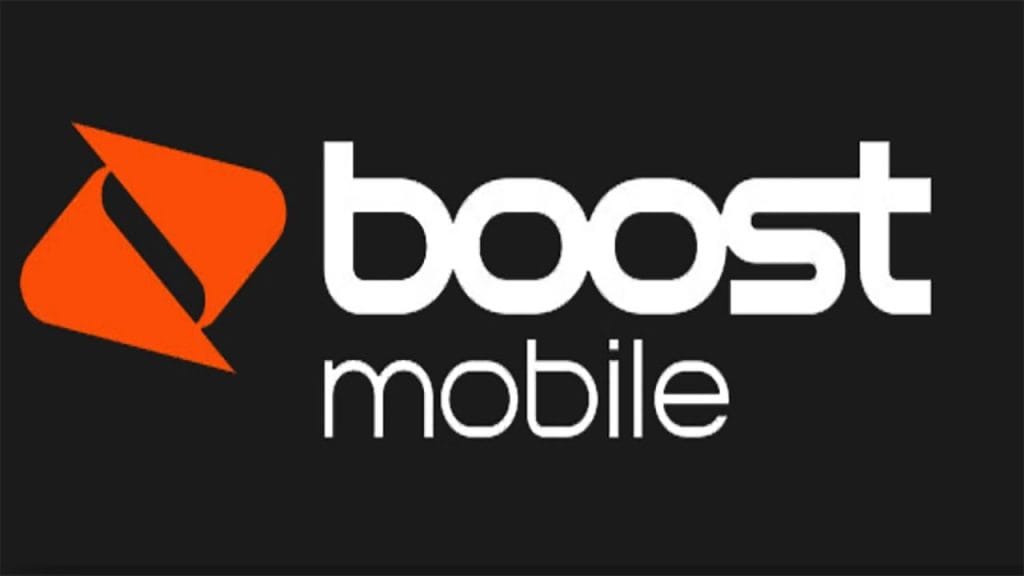
T-Mobile
T-Mobile offers a full spectrum of smartphones, including the latest iPhone, Samsung Galaxy, and Google Pixel devices. Customers can choose from multiple financing and trade-in options, making it easier to upgrade to newer devices over time.
T-Mobile also supports BYOD with excellent compatibility across major phone brands.
Verdict: T-Mobile provides more flexibility, a broader device range, and attractive financing options.
Family and Multi-Line Plans
Both Boost and T-Mobile offer multi-line discounts, but the structure and benefits differ.
Boost Mobile
Boost Mobile’s multi-line plans are straightforward and economical. For example:
- 2 lines with unlimited data: $40/month
- 4 lines: as low as $100/month depending on the promotion
These plans are ideal for families who want to avoid contracts and are focused on affordability.
T-Mobile
T-Mobile offers feature-rich Magenta Family Plans, which include benefits like:
- Netflix subscriptions
- Free international texting and data
- Premium data allocation per line
- Perks through the T-Mobile Tuesdays app
T-Mobile’s multi-line plans are more expensive, but the extras may justify the price for users who value added services.
Verdict: Boost Mobile for savings, T-Mobile for value-added features and entertainment bundles.
Customer Service and Support
Customer service can significantly influence user satisfaction over time.
Boost Mobile
Boost Mobile’s support is largely digital-first, relying on:
- Online help centers
- Chat-based support
- Limited phone and in-store assistance
Response times may vary, and complex issues can take longer to resolve.
T-Mobile
T-Mobile has invested in 24/7 customer support, with multiple channels:
- Live agents via phone
- Chat support
- Retail locations for in-person help
- Social media responsiveness
Verdict: T-Mobile offers a superior customer service experience with broader support availability.
Exploring Official Sources and Industry Insights
For those looking to dive deeper into plan details, coverage, or the structure of wireless carriers, visiting official resources is essential.
T-Mobile provides comprehensive information on its offerings, including current plans, device deals, and 5G coverage maps, available directly on T-Mobile’s official site. Similarly, Boost Mobile outlines its prepaid plan options, coverage details, and promotional bundles on the Boost Mobile website.
To understand the broader structure of how companies like Boost operate, refer to the FCC’s overview of MVNOs, which explains how mobile virtual network operators lease access from larger carriers like T-Mobile and AT&T.
Additionally, for data-driven users, tools like Speedtest’s 5G performance report offer real-world insights into how networks perform across various regions, helping you make an informed decision beyond marketing claims.
Additional Perks and Services
| Feature | Boost Mobile | T-Mobile |
| Streaming Perks | Not included | Netflix, Apple TV+ (on select plans) |
| International Features | Add-on packages | Included in most plans |
| Hotspot Data | Available on select plans | Generous allocations included |
| Device Financing | Limited or not available | Widely available |
| Rewards & Loyalty | BoostOne Rewards App | T-Mobile Tuesdays (weekly perks) |
Verdict: T-Mobile offers more perks, especially for users interested in streaming services and frequent travel.
Final Comparison Summary
| Feature | Boost Mobile | T-Mobile |
| Ownership | DISH Network (MVNO) | Full carrier with own infrastructure |
| Network Priority | Lower (subject to throttling) | High (native access) |
| 5G Access | Yes (limited performance) | Yes (Ultra Capacity 5G) |
| Plan Pricing | More affordable | More premium, feature-rich |
| Device Options | Limited | Extensive, with financing |
| Customer Service | Mostly online | 24/7 support, in-store help |
| Perks & Rewards | Basic rewards app | Entertainment bundles, loyalty perks |
Conclusion
Both Boost Mobile and T-Mobile offer compelling value in 2025, but they serve different user needs.
Boost Mobile is ideal for users who want no-frills, low-cost wireless service without contracts or credit checks. It’s a smart choice for students, seniors, or anyone on a tight budget who primarily uses Wi-Fi.
T-Mobile caters to users seeking top-tier network performance, premium features, and long-term flexibility. With broader device financing options, family plans, and entertainment perks, it is best suited for power users and families who value quality over cost.
Ultimately, the right choice depends on your budget, mobile usage habits, and expectations from a carrier.
ReadMore: From Innovation to Violation: The Disturbing Rise of Undressing AI



